Asperatus
Asperatus, the new cloud
The asperatus is an enormous massive cloud which invades the sky and takes tortured and totally terrifying aspects.
Of the "rough" significant Latin word, the asperatus is the unofficial name to describe this type of cloud. The meteorological sir of the BBC, Mister Fish explains: " clouds are a mixture of two air masses, a very warm and wet, the other one very cold and very dry; they are as the oil and the water, they do not mix. " This new type of cloud, asperatus, was observed in several places of the planet. Its disturbing forms remind computer generated images for collection of screen. Asperatus looks like clouds of thunderstorm but does not provoke a storm. The images are disturbing, certain give the impression to be sights of artist. In spite of their splendid visual effects and their frequent appearances, these formations were not officially recognized by a name yet.
The professor Paul Hardaker, the leader of the direction of the RMS ( Royal Meteorological Society), declared: a lot of heat and energy is probably needed to produce these spectacular formations of clouds.
These rather dark structures need a lot of steam.
Image: The asperatus has the appearance of a computer generated image.
Photography of June 3rd, 2009.
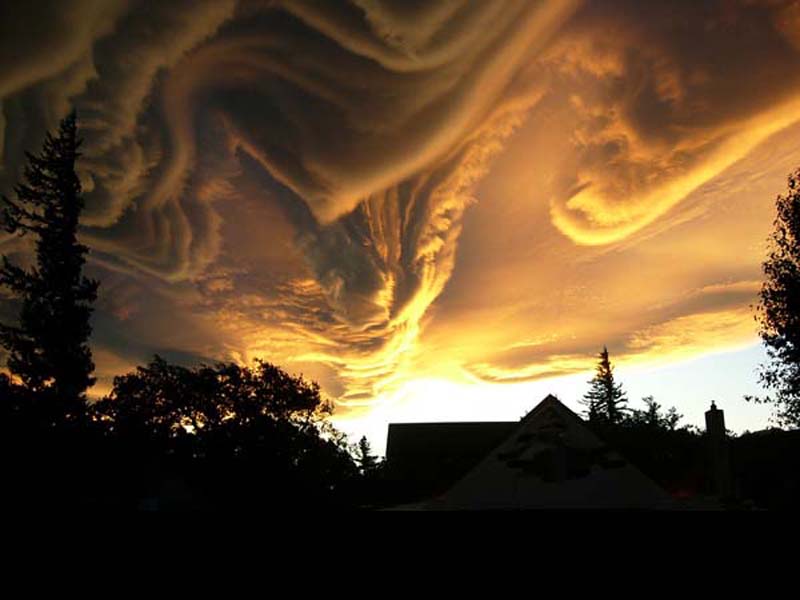
Morning glories, the rarest cloud
The morning glory is a weird low cloud which is formed mainly in the Gulf Savannah in north Queensland in the Australian tropics (north). The Australian city of Burketown is one of the places where one can contemplate this amazing weather phenomenon, known as Morning Glory. These clouds can stretch ending around 1000 kilometers long and moving at 60 km/h.
These rare clouds called morning glories condense usually at an altitude of about 2 kilometers. These clouds roll, those who stand in the sky of Burketown, Queensland, happen every spring. These long horizontal tubes are formed, perhaps, when moist air being cool encounters a layer of temperature inversion, where the temperature rises with height contrary to what is generally observed. These tubes can cause very dangerous turbulence, the month of September sees meet some pilots to fly above the morning glory.
As surfers from Hawaii, these drivers are reckless tackle the turbulence of the Morning Glory.
As surfers from Hawaii, these drivers are reckless tackle the turbulence of the Morning Glory.
NB: The morning glory is also a creeper. These flowers bloom from July to October, open only in the morning and close the rest of the day.
Image: This wave cloud thousand kilometers long over Australia is made up of "Morning Glories". These morning glory shaped bolster, were photographed by Mick Petroff since his plane as he stood near the Gulf of Carpentaria, Australia.
Credit & License Mick Petroff.
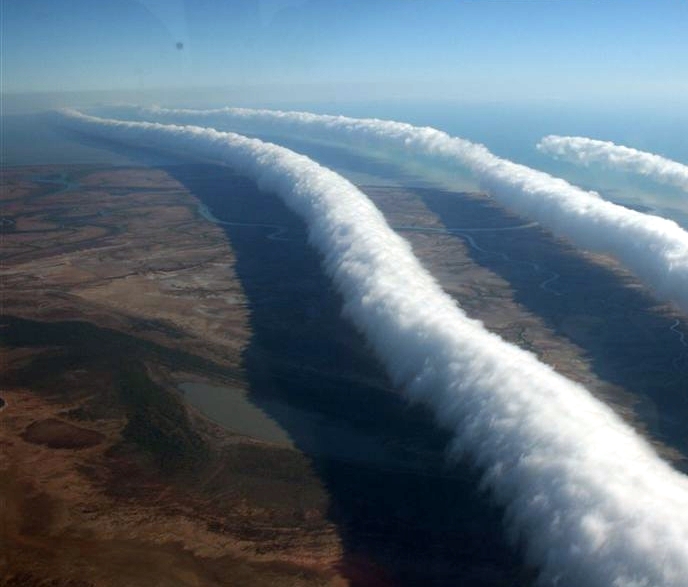
Roll cloud...
The few clouds roll form in front of cold fronts.
In particular, a downdraft from a storm front can cause elevated symmetrically with a warm, moist air until it cools to reach its dew point and then condense into cloud.
When this occurs uniformly throughout a broad front, we can expect to see a cloud that rotates around its axis, where the clouds roll.
The clouds are probably crossed roller along its horizontal axis by a current of air. A roll cloud is a priori not likely to evolve into a tornado.
The roll cloud, the particular type of cloud Arcus has nothing to do with the cumulonimbus, the king of clouds extending over three floors air, lower, middle, upper, and even allows himself small incursions into the stratosphere .
NB: The arcus cloud is a precedent usually the arrival of a squall line, the arcus is still very impressive. In roll form, the arcus sometimes goes unnoticed in a stormy sky chaotic.
Image: In this photo from January 2009, we see a roll cloud will lose the horizon above the beach at Las Olas in Maldonado, Uruguay. Credit & Copyright: Daniela Mirnes Eberl
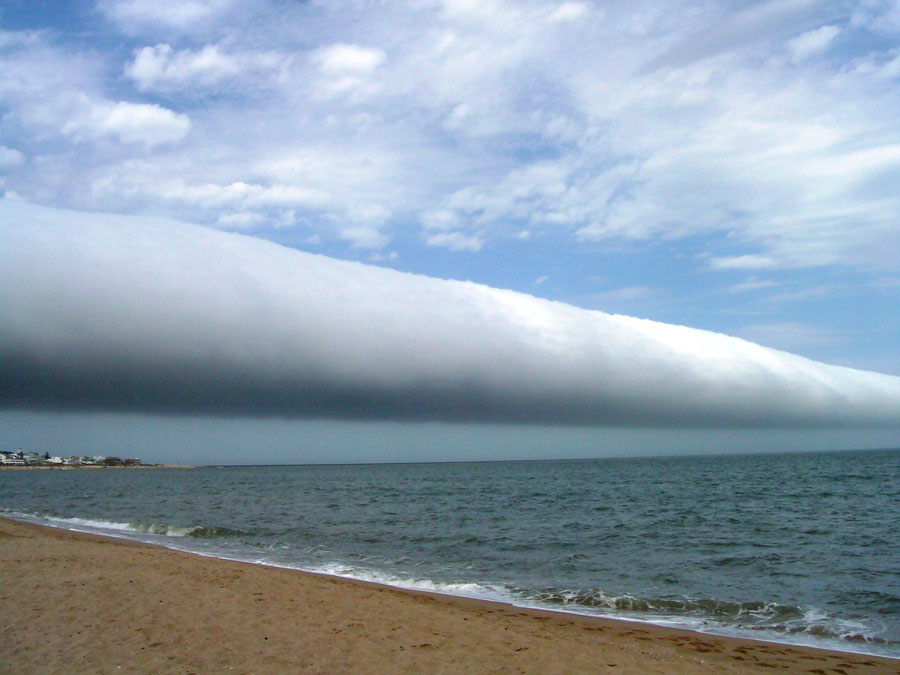
iridescent cloud
Water droplets suspended in the atmosphere can sometimes send us beautiful colors. The appearance of a cloud depends on the light it receives.
These luminous phenomena are all unique and iridescent cloud is relatively rare, it can present any unusual or colorful palette of colors simultaneously. These iridescent clouds are made of water droplets of nearly uniform size. When the sun is hidden by thick clouds, as in this picture, these iridescent clouds, thinner diffract light in mixed colors, hence the white color in the center while the edges, we find all the iridescent colors of the rainbow.
The reflection of sun on water droplets illuminates a part of the large cloud, but the sun is hidden behind. Sometimes, the different colors of the rainbow sky to reach the observer from slightly different directions.
The colors of the clouds are slightly diffracted, or on their edges, like here in this picture, or ring-shaped crown.
Image: Some clouds too thick, the colors are very dark. This iridescent cloud was photographed last year in the vicinity of Dawson City, Yukon Territory in northern Canada.
Credit & Copyright: Charles Stankievech & Sophie Springer
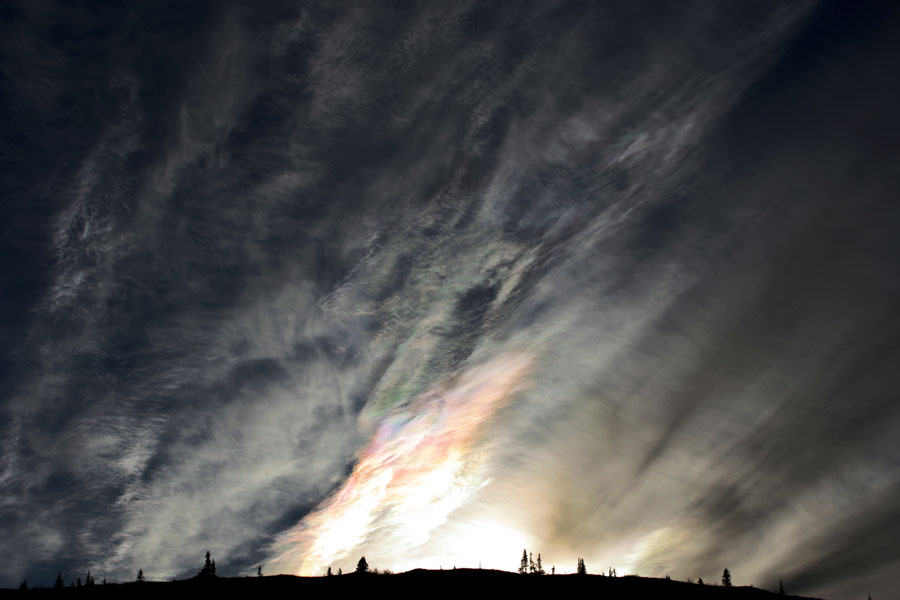
Mammatus cloud
Mammatus comes from the latin "mamelle".
In meteorology, this term refers to circular pockets that form the base of convective clouds such as altocumulus and cumulonimbus.
Mammatus color is normally blue-gray, but can take gold or reddish hues when the sun illuminates them. The word mamma used in weather reports, while Mammatus is an adjective (Cumulonimbus Mammatus).
Mamma is not a particular cloud, but a phenomenon due to the configuration of cloud layers and air dry. One can observe this phenomenon at the base of several cloud types, such as stratocumulus, altocumulus, altostratus, cirrus and cirrocumulus.
It appears, however, quite rare.
Under certain conditions, pockets of clouds can grow and contain ice or heavy rain drops that tend to form water balloons. Such breasts occur in the air near the cloud base.
The Mammatus are truly spectacular, especially when the sun illuminates the clouds from below, in raking light.
Image: These mammatocumulus were photographed last August over Olympic Valley, California, United States of America. Credits & License: Matt Saal

Lenticular cloud
A lenticular cloud is a altocumulus lenticularis, a type of stationary cloud which is in the form of a stack of "plates". The air masses usually move horizontally and not vertically, but when the wind comes up against a powerful mountain massif and under certain conditions, lenticular clouds appear. They are found downstream from the mountaintops held stationary by the upward wind which abuts on the relief. Lenticular clouds swell with humidity until take the appearance of extraterrestrial flying saucers. Stratification of lenticular clouds are the representation of unequal vertical distribution of humidity. Sometimes these huge masses of air are maintained above the top of a mountain by the ascendancy winds that piled one above the other, many distinct lenticular clouds. Air masses that spreads the atmospheric wave has a variable humidity with altitude, this is why separate clouds form at different dew point of the air mass.
The water droplets that will generate the cloud are formed from the humidity of the air cooled below the dew point.
NB: The dew point is the temperature below which the water vapor in a volume of humid air at a given constant barometric pressure will condense into liquid water at the same rate at which it evaporates. Condensed water is called dew when it forms on a solid surface.
Image: Lenticular cloud seen before dawn near Mount Hood, Oregon, USA, in March 2013. Image Credit & Copyright: Ben Canales.
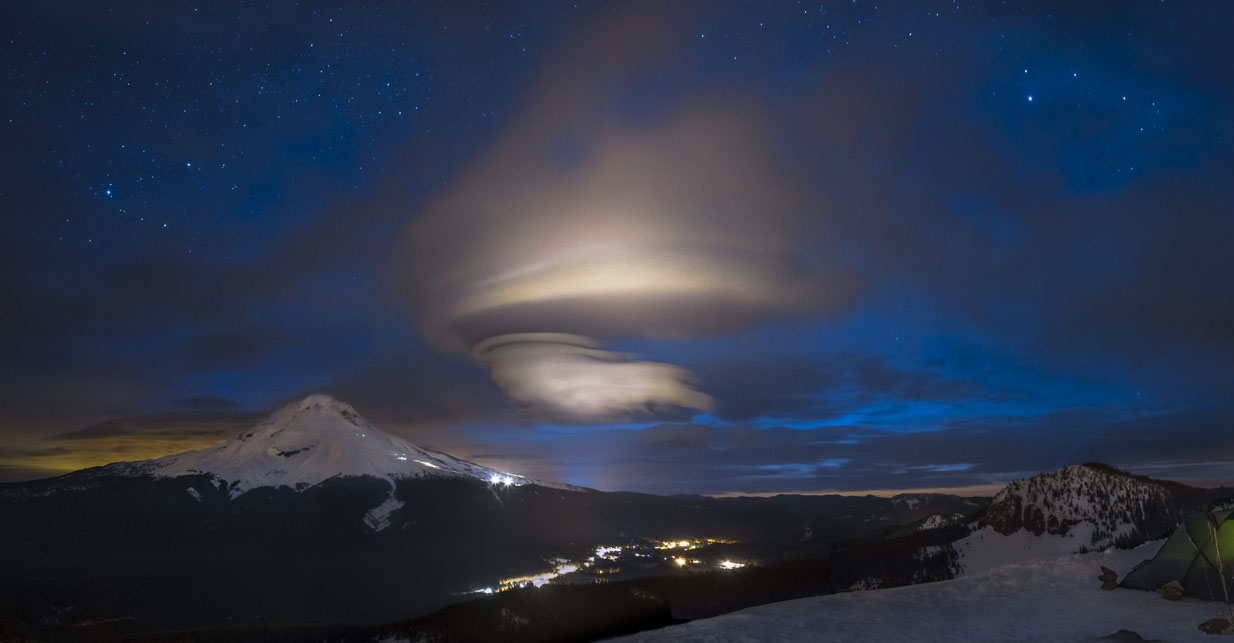
Articles on the same theme
1997 © Astronoo.com − Astronomy, Astrophysics, Evolution and Ecology.
"The data available on this site may be used provided that the source is duly acknowledged."
How Google uses data
Legal mentions
English Sitemap − Full Sitemap
Contact the author
 Sprites and Cosmic Rays: The Ghostly Lightning of the Atmosphere
Sprites and Cosmic Rays: The Ghostly Lightning of the Atmosphere 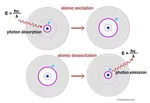 Principle of
absorption and emission of a photon
Principle of
absorption and emission of a photon  The Femtosecond Laser: From Ultra-Short Time to Extreme Power
The Femtosecond Laser: From Ultra-Short Time to Extreme Power  The World of Color
The World of Color 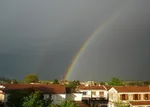 The colors of the rainbow
The colors of the rainbow  The Nature of Light
The Nature of Light  Plasma Lamp and Field Concept
Plasma Lamp and Field Concept  What is Vantablack?
What is Vantablack?  Michelson-Morley Experiment
Michelson-Morley Experiment  Redshift calculation (z)
Redshift calculation (z) 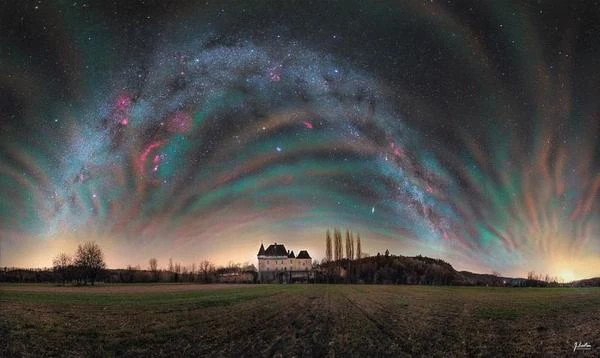 Spectacular airglow in France
Spectacular airglow in France  Light, all the light of the spectrum
Light, all the light of the spectrum 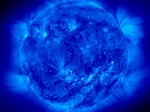 The spicules of the Blue Sun
The spicules of the Blue Sun 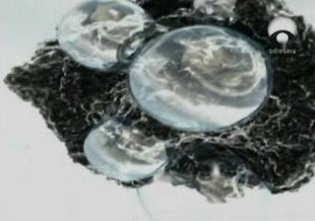 Global dimming
Global dimming  Solar Pillars: Celestial Mirages and Light Phenomena
Solar Pillars: Celestial Mirages and Light Phenomena  The Speed of Light: A Universal Constant
The Speed of Light: A Universal Constant  The Universe of X-rays
The Universe of X-rays 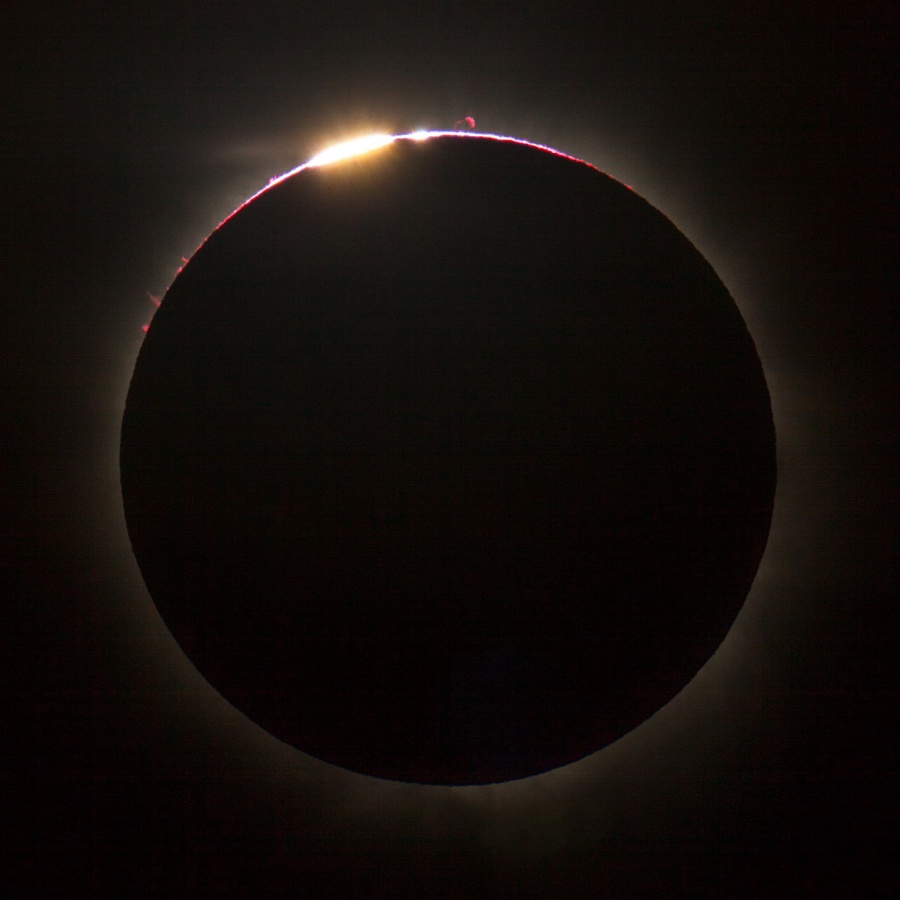 Diamond rings above the Pacific
Diamond rings above the Pacific 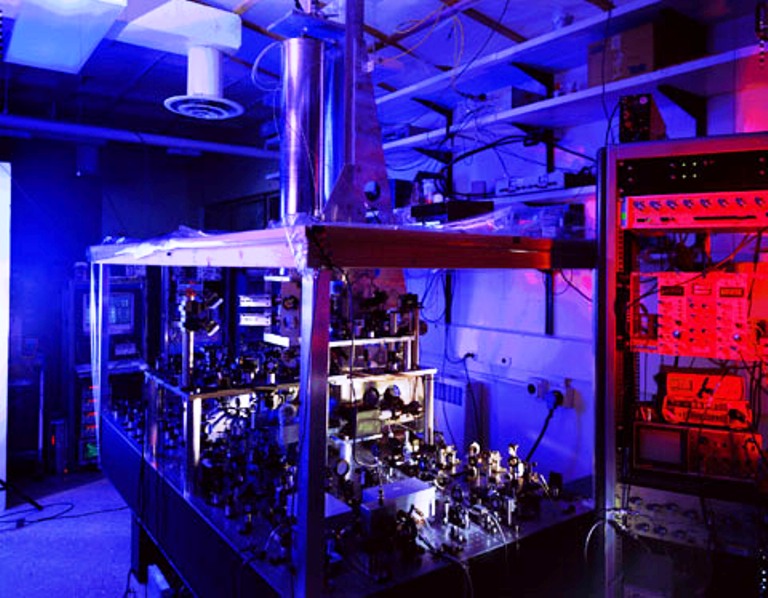 The incredible precision of the second
The incredible precision of the second  Effects of light aberration
Effects of light aberration 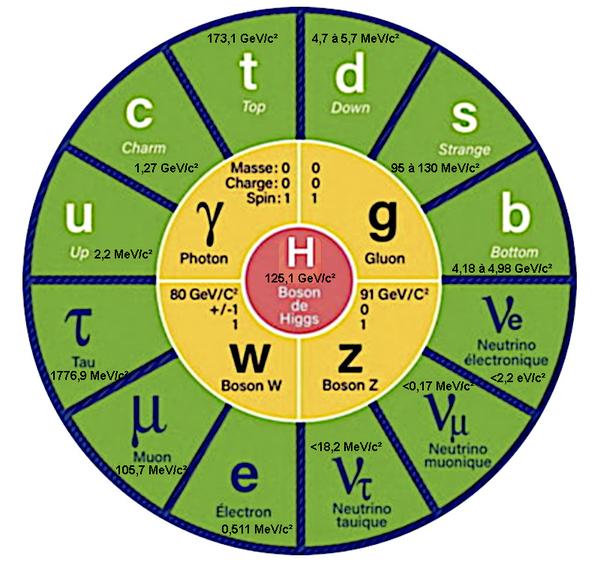 Why do elementary particles have no mass?
Why do elementary particles have no mass?  The shadow of the black hole
The shadow of the black hole 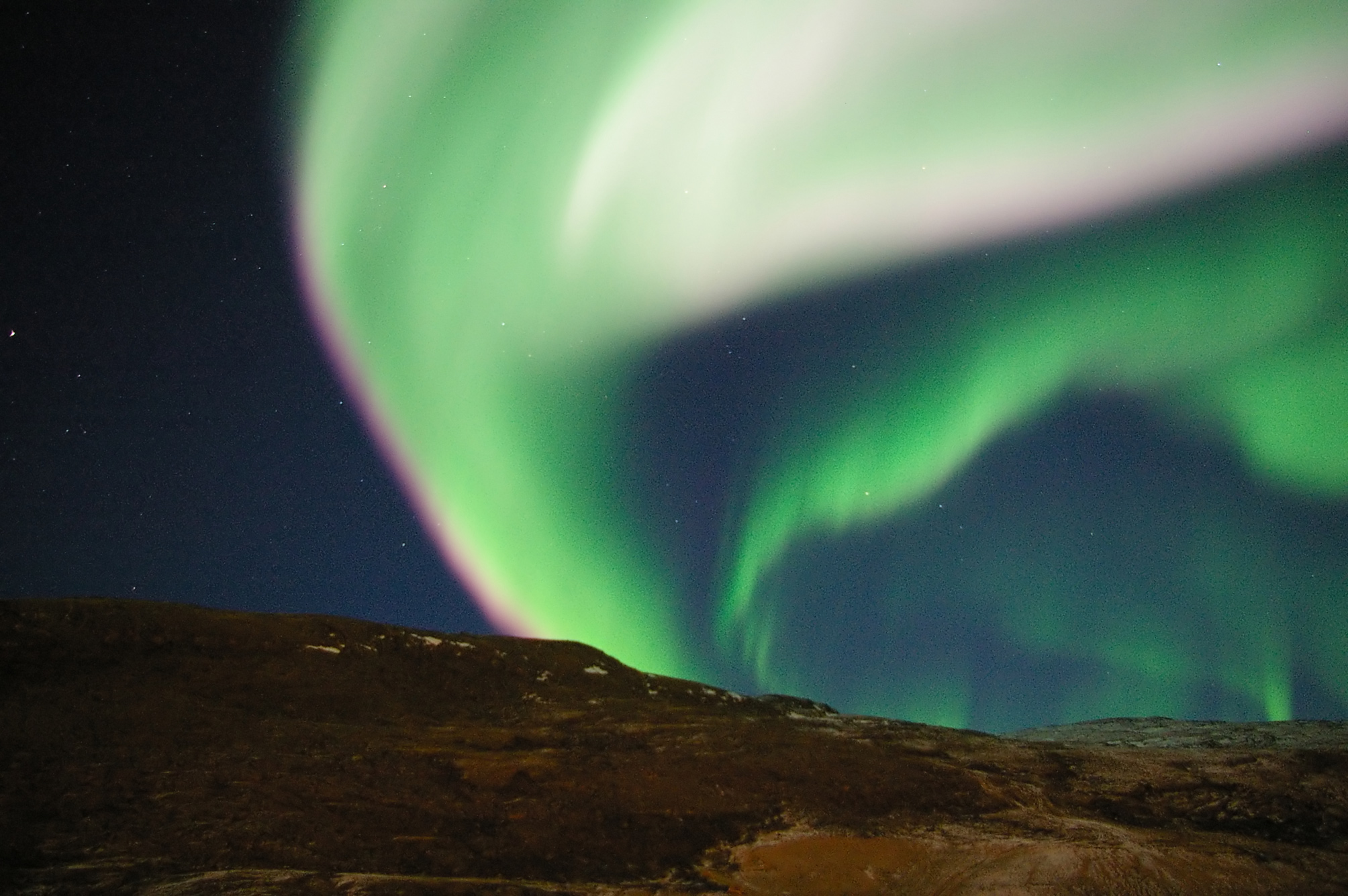 Dawn and its rays of light
Dawn and its rays of light  Blue Moon or Ice Moon: Understanding These Lunar Phenomena
Blue Moon or Ice Moon: Understanding These Lunar Phenomena  Gravitational Mirage: From Einstein's Theory to Astronomical Observations
Gravitational Mirage: From Einstein's Theory to Astronomical Observations 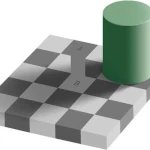 Adelson's Checker Shadow: When Light and Shadow Deceive Our Senses
Adelson's Checker Shadow: When Light and Shadow Deceive Our Senses 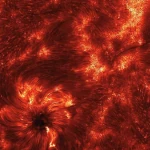 Traveling Light: How a Photon Leaves the Sun to Reach Earth?
Traveling Light: How a Photon Leaves the Sun to Reach Earth? 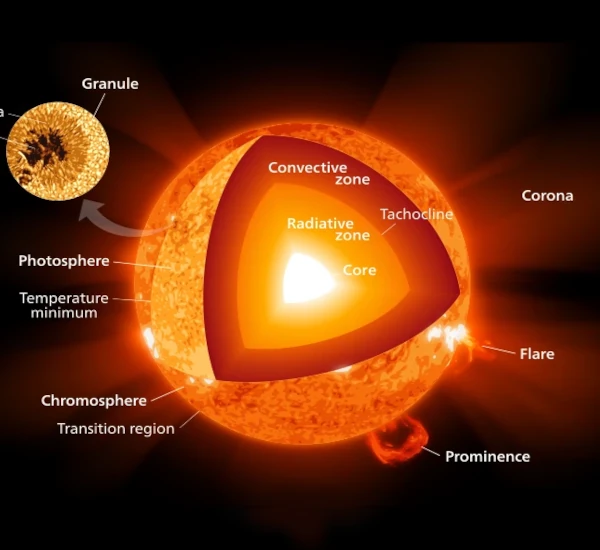 The power of the Sun
The power of the Sun 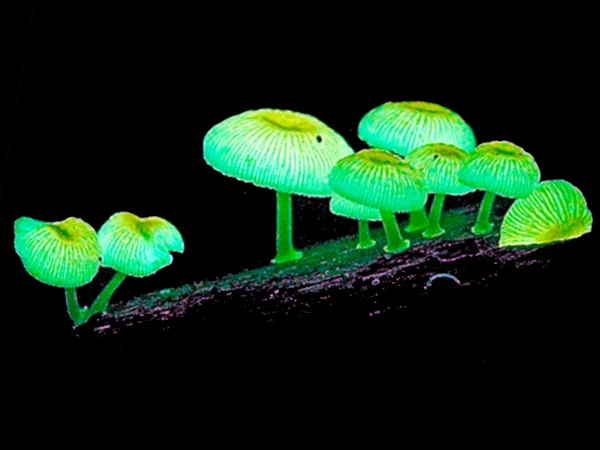 Bioluminescence of living organisms
Bioluminescence of living organisms 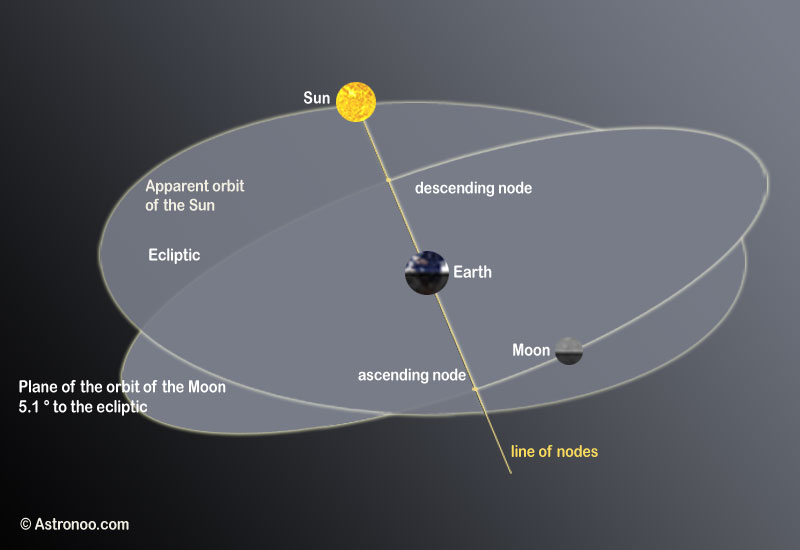 Eclipses explained by the plane of the orbit
Eclipses explained by the plane of the orbit 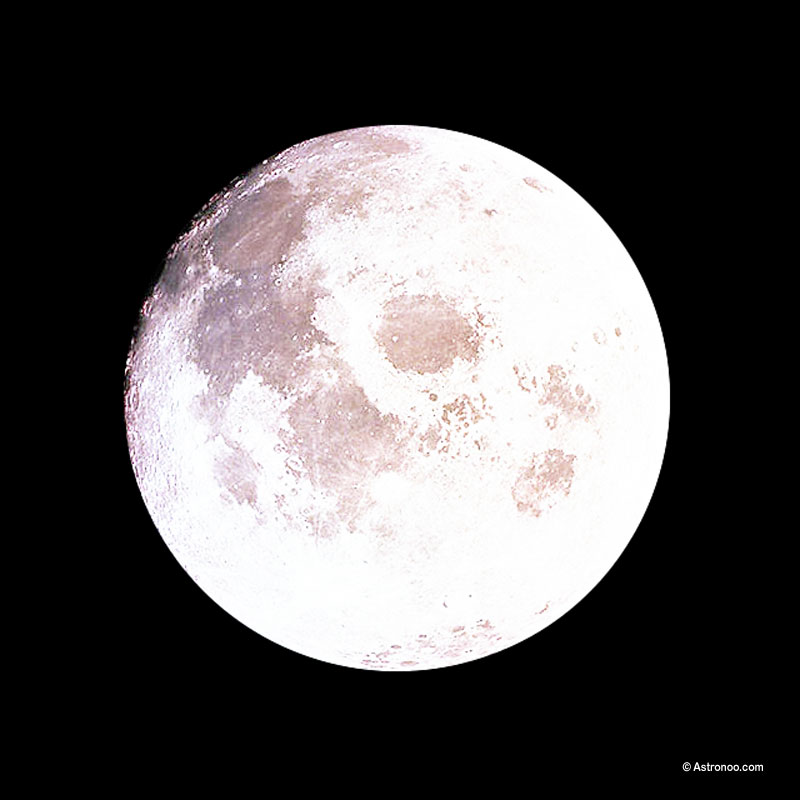 Super Moon
Super Moon  Laser light
Laser light  We do not see with our eyes but with our brain
We do not see with our eyes but with our brain 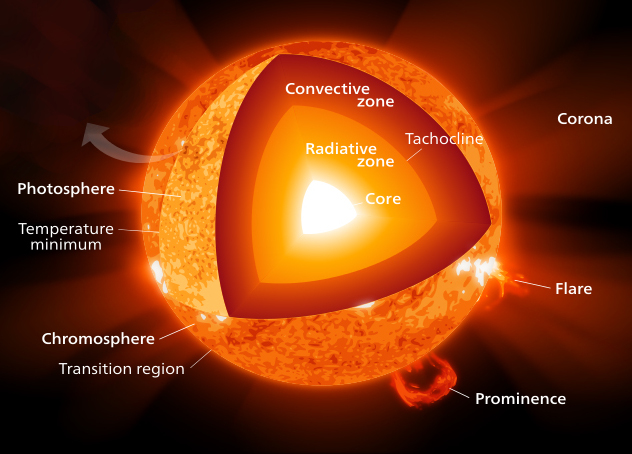 Differences between heat and temperature
Differences between heat and temperature 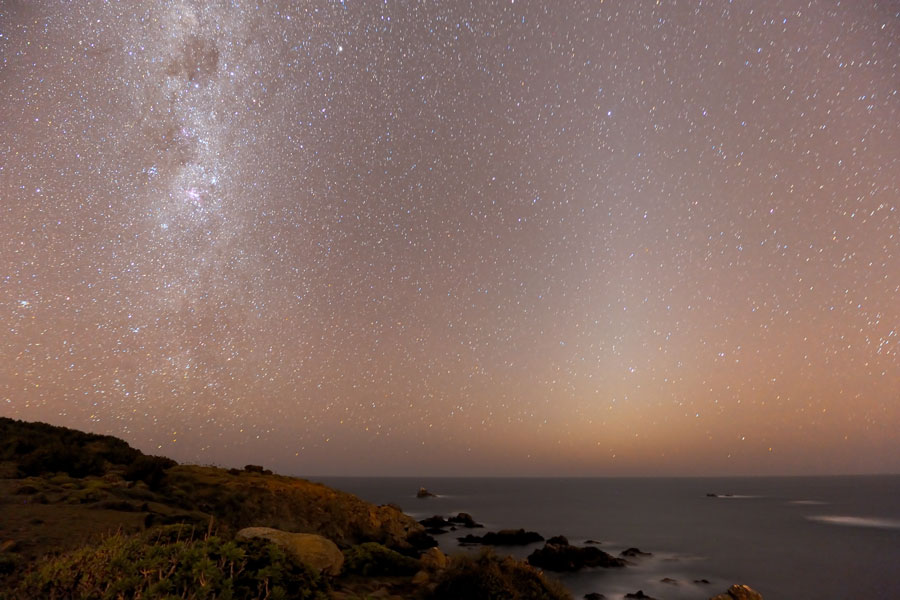 Zodiacal light, the diffuse white glow
Zodiacal light, the diffuse white glow  Explanation of the 8 of the analemma
Explanation of the 8 of the analemma  The Antitwilight Arch: Earth's Shadow
The Antitwilight Arch: Earth's Shadow  How many photons to heat a cup of coffee?
How many photons to heat a cup of coffee?  Spectroscopy: A Key to Analyzing the Invisible World
Spectroscopy: A Key to Analyzing the Invisible World  The Cherenkov light
The Cherenkov light  The lights of the Sun
The lights of the Sun  What is a Wave?
What is a Wave? 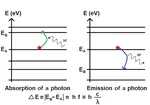 Planck's equation and black body light
Planck's equation and black body light  Energy Conservation
Energy Conservation